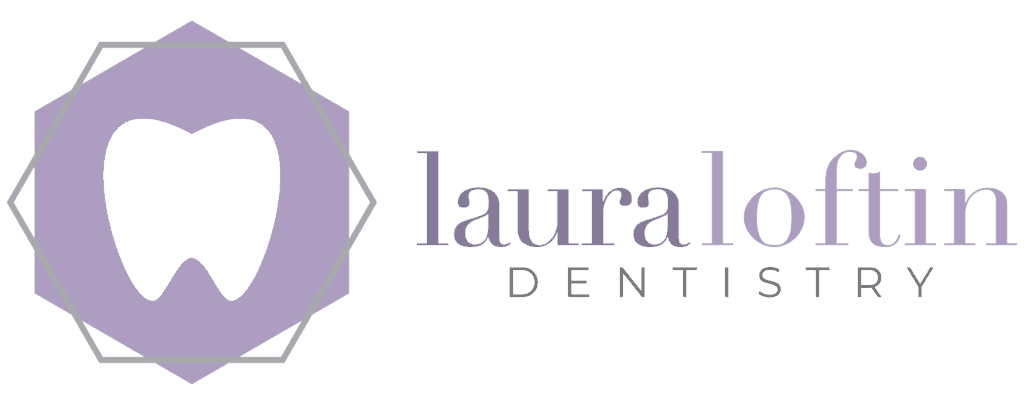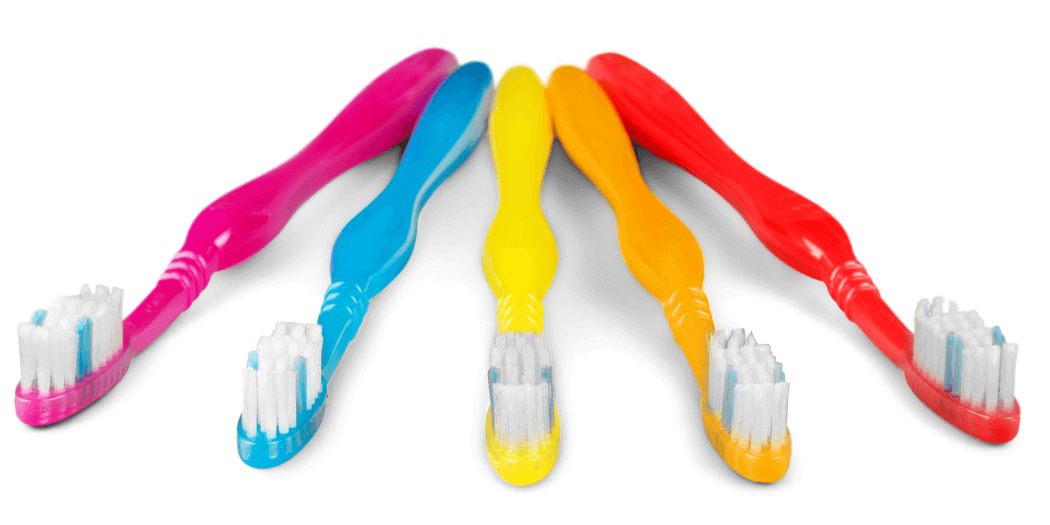When it comes to dental hygiene, a crucial yet simple question that is often forgotten is: How often should I replace my toothbrush? Even if you have the best oral health in the world, it’s an issue that often goes overlooked. Millions of Americans replace their brush just once per year! Knowing how often to change your toothbrush is essential to maintaining healthy teeth and gums. If you’re wondering when to replace a toothbrush, here’s what you need to know.
Why it’s Important to Replace Your Toothbrush
Knowing how often should you switch toothbrushes will protect your oral health long into the future. Over time, the bristles wear down, and oral bacteria gradually accumulate between them. This is perfectly natural, and there’s little you can do about this. If you’re brushing twice per day, it won’t take long for your toothbrush to become less effective. When the bristles lose their effectiveness, you’re not getting the full clean you need, which can impact your teeth, gums, and breath.
Choose the Right Toothbrush
Once upon a time, people had a relatively small selection of toothbrushes to choose from. Now, asking “how often should you change your toothbrush” is often reliant upon selecting the right brush in the first place. There’s a science to selecting the perfect toothbrush, so let’s examine your options.
Manual Toothbrush
A manual toothbrush is the classic and remains effective today. When choosing one of these brushes, make sure that they come with soft bristles. Hard-bristled brushes can damage the surface of your teeth and damage the protective enamel. Also, make sure your manual brush has a small head. Larger manual brushes make it more challenging to access hard-to-reach teeth at the back of your mouth. In terms of the handle, head shape, and bristle style, these are matters of personal preference and are entirely up to you.
Electric Toothbrush
Dentists often recommend electric toothbrushes because they are more effective at easily removing plaque and other detritus from the inside of your mouth, not to mention that they require less effort on your part. Again, most electric brushes come with a small head and are designed for those with limited dexterity.
How Often Should I Change My Toothbrush?
Trust us; your dentist wants to hear you ask: “how often should I change toothbrushes?” Chances are you’ll get a similar answer no matter how many dentists you ask because most dental professionals agree that you should replace your toothbrush every three to four months. The exception is if you have recently had a cold or contagious illness. If you use the same toothbrush, you risk reinfection and may get sick all over again.
Manual Toothbrush
Manual toothbrushes tend to wear out after three to four months. However, this is only a general rule of thumb. Figuring out how often should you change your toothbrush also depends on regular inspections and your brushing style. Are you a soft brusher, or do you tend to brush a bit more aggressively? If your manual toothbrush shows signs of wear earlier, it’s time to get a new one.
Electric Toothbrush
How often should you replace your toothbrush if you use a powered brush? The answer is different because, unlike a manual brush, you don’t need to buy a whole new toothbrush every single time. Instead, you simply need to replace the toothbrush head, and most convenience and grocery stores sell replaceable heads. Generally, every twelve weeks is the sweet spot for replacing your electric toothbrush head.
How to Know It’s Time to Replace Your Toothbrush
As we mentioned earlier, counting the months is not enough to decide whether it’s time for a new brush. Inspect your toothbrush regularly and look for the following signs:
- Alignment – Are the bristles out of alignment? This wild, tangled mess means that the chances are you’re not getting an even clean, which could lead to spots of plaque.
- Wear – Does your toothbrush look like it’s worn down? Your bristles are now less effective at cleaning your teeth.
- Odor – If your toothbrush is starting to smell funky, that’s from the bacteria that has accumulated over time. There’s little you can do about this, and it’s usually best to replace the brush as soon as possible.
Remember, while it may be tempting to put off getting a new brush, every day a worn-down toothbrush is used is another day where dangerous bacteria get to steadily eat away at your teeth and gums.
How to Take Care of Your Toothbrush
Now that you know how often to change a toothbrush, you can take steps to ensure that your brush reaches the end of its recommended lifespan. Here are some tips for keeping your toothbrush in the best possible condition:
Manual Toothbrush
- Store your brush upright with good airflow to allow it to dry.
- Avoid using toothbrush covers.
- Soak the bristles once per week in a solution of vinegar and baking soda to eliminate bacteria.
- Never brush too hard. This damages the bristles and your teeth.
- Rotate two manual brushes to extend their lifespan.
Electric Toothbrush
- Avoid putting pressure on the bristles when cleaning. Let the brush do the work.
- Let the battery drain before recharging. This allows the battery to last longer.
- Store upright and allow the bristles to dry after every use.
- Keep a supply of toothbrush heads for regular replacement.
- Charge your brush in a clean, dry place to avoid picking up dirt and dust on the bristles.
Consequences of Not Changing Out Your Toothbrush
Improper care means your toothbrush can’t do its job correctly. To put it simply, toothbrushes that are not switched out will no longer clean your mouth effectively and will result in oral health problems. Figuring out how often should you change your toothbrush is easy. Generally, it’s three months, but make sure you conduct weekly inspections for wear and unpleasant odors. The consequences of not replacing your toothbrush regularly enough are clear. You risk everything from oral health issues requiring expensive dental care to plain old bad breath. Protect your dental health in the long term and change out your toothbrush whenever you start to notice the signs.
Conclusion
Now that you’re an expert on how often should you replace toothbrushes, whether manual or electric, it’s time to take the next step toward excellent oral health. Biannual visits to a qualified dentist ensure you recognize the warning signs and get ahead of poor oral health before they develop into something more serious. Contact Laura Loftin in Fort Worth, TX, for a personalized, professional approach to modern dentistry and keep those pearly whites intact for decades to come.


